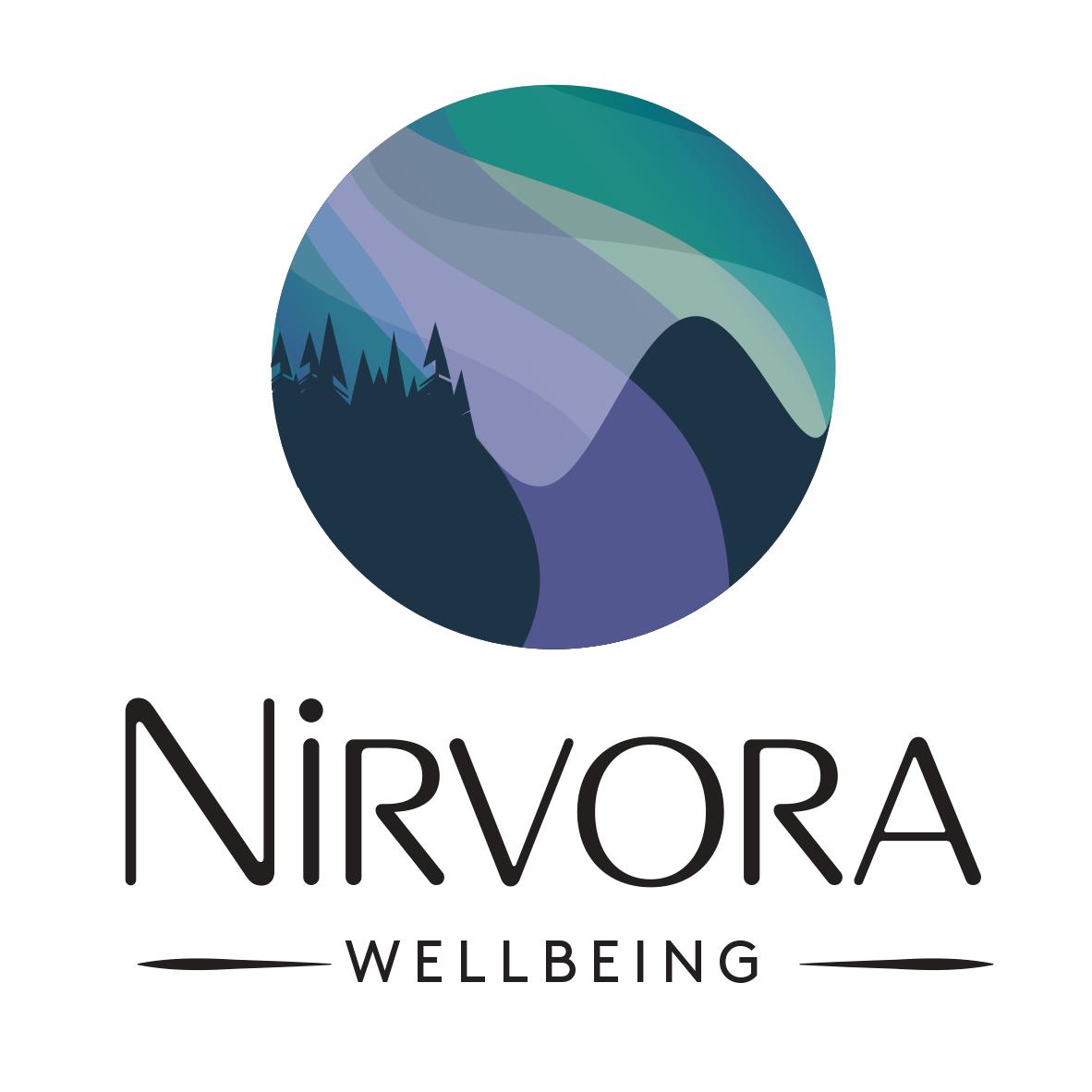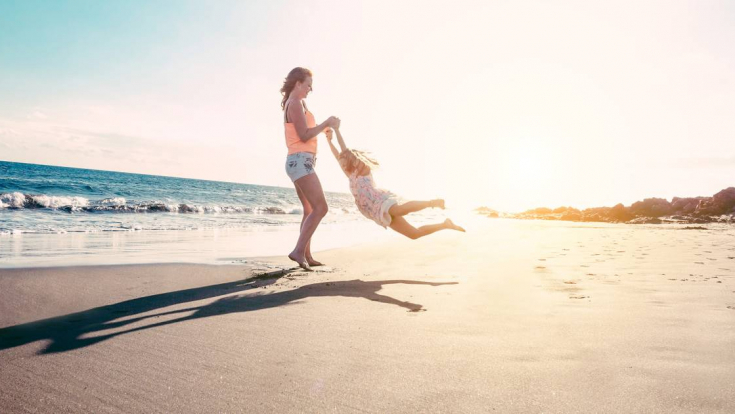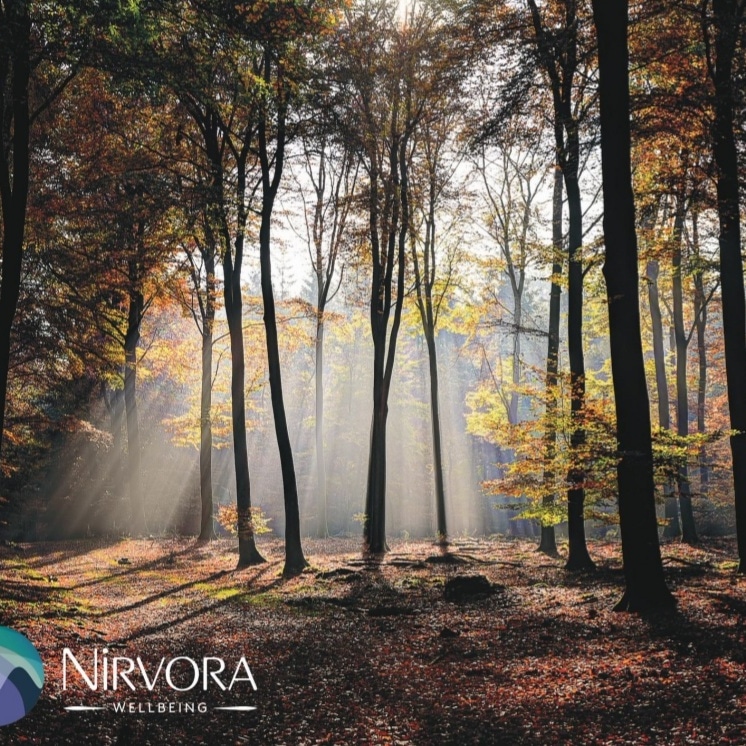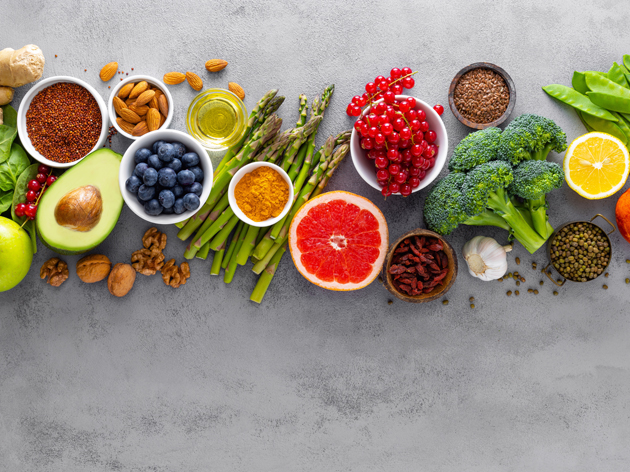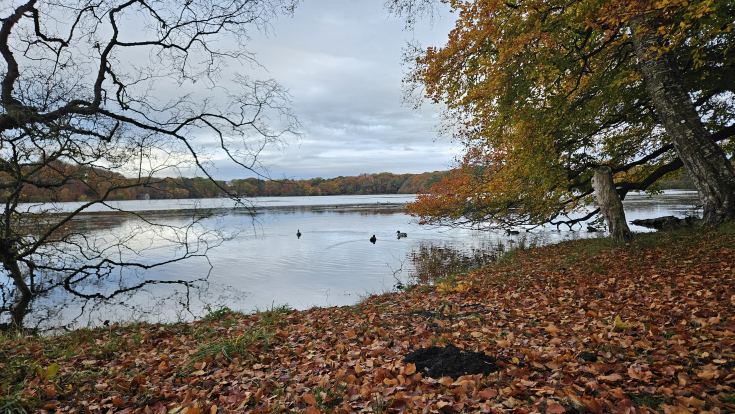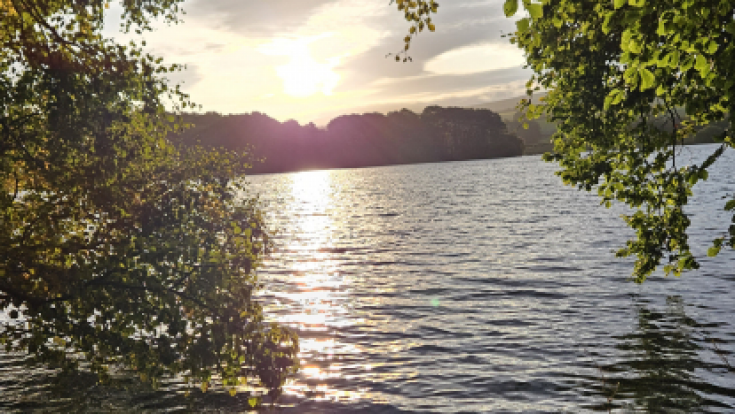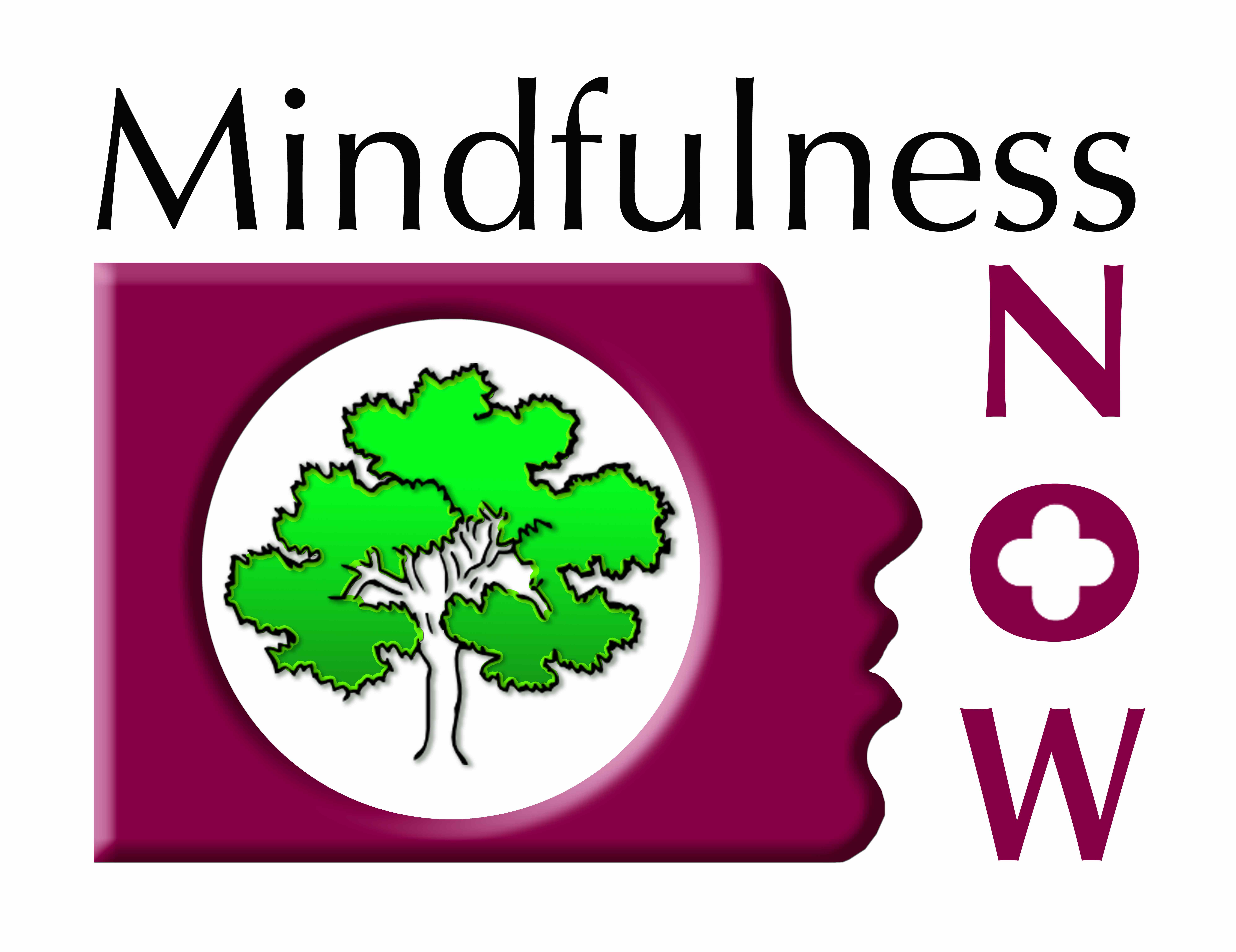It is not surprising (when we consider ourselves in evolutionary terms), but sometimes easy to forget in our modern world, that exposure to natural daylight/sunlight and darkness, has been shown to have a major role in supporting our mental and emotional health.
In brief, sunlight/daylight viewed early in the morning sets in motion several positive effects, including:
- Supporting our natural circadian rhythm i.e. our sleep/wake cycle, which can improve both the quality and quantity of our sleep
- Boost our mood
- Improve our resilience
- Help manage stress
- Increase focus and alertness
As a quick guide, for optimum sunlight/daylight exposure, the recommendations are to get outside, as soon as you can after wakening. As little as 5-10 minutes of sunlight on non-overcast days or 20 minutes on overcast days, can be enough to gain the benefits of exposure to daylight (Further details on a previous Blog - Struggling with quality and/or quantity of sleep? (nirvora.co.uk) )
Natural daylight is ultimately the best source, as the type of light rays (blue rays and ray length etc) and amount of light (lux) is ideal. However, if or when you can’t view sunlight in the morning a light therapy lamp or season affective disorder (SAD) lamp is the next best alternative. I have one on my desk, which I use when I am completing office work in the mornings. Please note these lamps are not as effective as natural sunlight even compared to a cloudy morning. Also, please ensure you research the product and reviews before you purchase one. It should be at least 10,000 lux (in terms of light omitted).
Darkness – also supports our natural circadian rhythm, as dimming and softening (low, yellow, orange lights etc) lighting in the evening, signals to our brain (via our retina) to start to wind down and prepare our body for sleep by the release of melatonin. This then goes further by getting 6-8 hours of total darkness, which we can achieve when sleeping, continues to support our mental and emotional health and positively impact on how we function the following day. The exposure to darkness itself has been shown be beneficial, which of course (as a huge advocate of sleep) is impacted further through quality and quantity of sleep.
For further information regarding the scientific research and explanations, tips and advice on the benefits to daylight/sunlight and darkness exposure, please get in touch.
I offer a free 20-minute telephone consultation to discuss how as, a qualified Nutrition & Lifestyle Coach, I can support you! x
